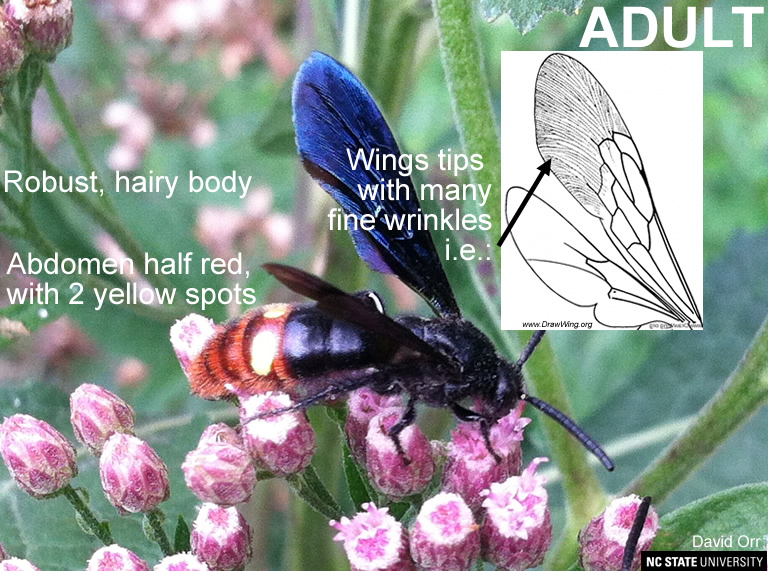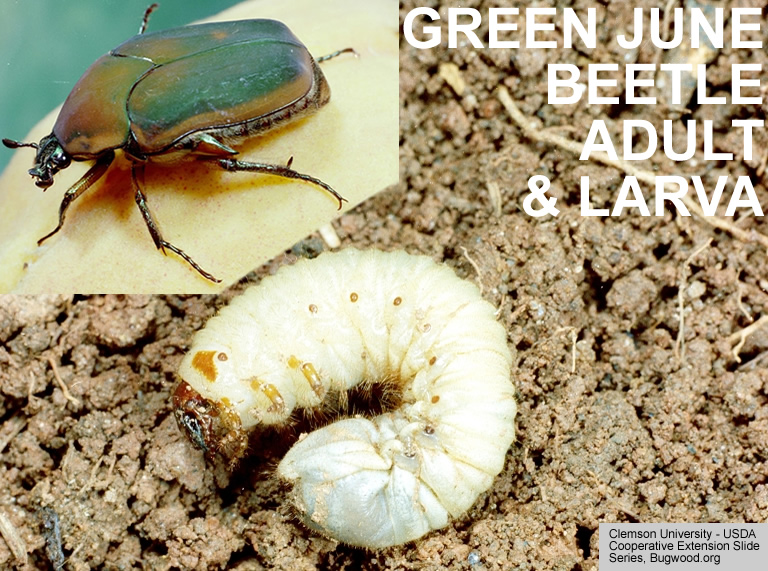Digger Wasps
go.ncsu.edu/readext?563377
en Español / em Português
El inglés es el idioma de control de esta página. En la medida en que haya algún conflicto entre la traducción al inglés y la traducción, el inglés prevalece.
Al hacer clic en el enlace de traducción se activa un servicio de traducción gratuito para convertir la página al español. Al igual que con cualquier traducción por Internet, la conversión no es sensible al contexto y puede que no traduzca el texto en su significado original. NC State Extension no garantiza la exactitud del texto traducido. Por favor, tenga en cuenta que algunas aplicaciones y/o servicios pueden no funcionar como se espera cuando se traducen.
Português
Inglês é o idioma de controle desta página. Na medida que haja algum conflito entre o texto original em Inglês e a tradução, o Inglês prevalece.
Ao clicar no link de tradução, um serviço gratuito de tradução será ativado para converter a página para o Português. Como em qualquer tradução pela internet, a conversão não é sensivel ao contexto e pode não ocorrer a tradução para o significado orginal. O serviço de Extensão da Carolina do Norte (NC State Extension) não garante a exatidão do texto traduzido. Por favor, observe que algumas funções ou serviços podem não funcionar como esperado após a tradução.
English
English is the controlling language of this page. To the extent there is any conflict between the English text and the translation, English controls.
Clicking on the translation link activates a free translation service to convert the page to Spanish. As with any Internet translation, the conversion is not context-sensitive and may not translate the text to its original meaning. NC State Extension does not guarantee the accuracy of the translated text. Please note that some applications and/or services may not function as expected when translated.
Collapse ▲- Common Name: Digger Wasp
- General Category: Parasitoid
- Taxonomic Classification: Hymenoptera: Scoliidae
- Scientific Name: Scolia dubia
Description
These are large, hairy, dark-colored wasps with dark wings and characteristic bright colors on the ends of their abdomens. They are parasitoids of lawn root-feeding grubs such as Green June Beetles. Digger wasps are often seen feeding on flower nectar, as well as flying over lawns searching for mates. If lawns have large numbers of grubs feeding on the roots, there may be large numbers of digger wasps. Once they locate a grub, they will dig down in the soil to find it, paralyze it with a sting, then make a small chamber and lay an egg on the grub. The egg hatches into a grub-like larva that feeds on the beetle grub like a leech until it finally consumes so much of the host that it kills it. These wasps are solitary, so after mating females hunt for and paralyze grubs on their own. Although these wasps look scary, they are harmless unless grabbed and forced to sting in self defense.


Identification
Review the images for tips on how to identify these predators.
Adults
Very dark body and hairy bodies. The end of the abdomens are rust red with two yellow spots. The wings are not folded up accordion-style at rest as they are in paper wasps. The ends of the wings have many fine folds or wrinkles.
Larvae
Because the grub-like larvae develop by feeding on paralyzed beetle grubs underground, they cannot be seen unless a grub is purposely dug up.
Value in Pest Management
Digger wasps can contribute significantly to natural control of lawn grub populations, and are therefore a valuable presence in urban areas. They are not sold commercially.
Origin and Distribution
Native, throughout the United States.


